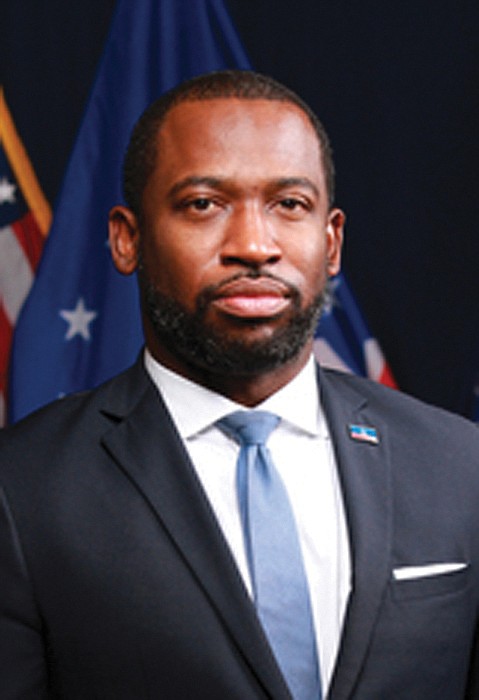City seeks to battle climate, continue using fossil fuel
Jeremy M. Lazarus | 2/9/2023, noon
When it comes to battling climate change, Richmond wants to reduce public and private emissions of greenhouse gases while still allowing its natural gas utility to keep pumping out fossil fuel to power homes and buildings.
The approach is incorporated into the sweeping RVA Green 2050 and Climate Equity Action Plan 2030 that City Council is on track to adopt next Monday, Feb. 13, to provide a roadmap for cutting carbon and other emission — though environmental critics see the potential impact as falling far short.
An outgrowth of a resolution passed in 2020, the plan that the city’s Office of Sustainability spearheaded and which more than 5,700 city residents participated in creating lays out 17 objectives, 49 strategies and 134 actions that can be taken to achieve the goal of cutting greenhouse gas emissions from the city 45 percent in six years and of achieving net zero emissions by 2050.
Cutting waste output, pumping up public transportation, expanding green space and making homes and commercial buildings more energy efficient are key components.
Laura Thomas, director of the Office of Sustainability, told council’s Land Use, Housing and Transportation Committee last week that the plan, if fully implemented, would create 10,900 new jobs over the next 27 years, save $231 million in health costs from asthma and other chronic lung diseases and create $3.6 billion in net benefits.
Since 2008, Richmond is estimated to have reduced its greenhouse gas emissions more than 20 percent, the plan noted. Included among the key areas the plan addresses is the reduction of energy use in buildings, identified as the main source of greenhouse gases in Richmond. Strategies to fix that would include retrofitting existing homes and commercial structures to make them more energy efficient, pushing development of new structures that are net zero in terms of energy consumption and encouraging renewable energy, though not requiring it.
Overall, the plan “envisions a future where all Richmonders, regardless of their identity or neighborhood, thrive in a climate-resilient and climate-neutral community,” Mayor Levar M. Stoney states in the introduction to the plan.
However, environmental activist Lee Williams described the plan as “political theater” that will not accomplish the goals, particularly with its largely hands-off approach to eliminating natural gas or methane, as she calls it and describes as more damaging to the environment than carbon dioxide.
“This plan is about carbon, carbon, carbon and ignores the elephant in the room, methane,” she said. Leaking natural gas from pipes and home stoves represents a clear and present danger to people’s health and the environment, she said, but the plan ignores that issue.
Ms. Williams, executive director of Green New Deal Virginia and advocacy chair for the Falls of the James Chapter of the Sierra Club, also believes the plan also needs to be tied to the city’s budget to have a real chance of success. Without that, it is more a statement “than an action plan,” she said.
In concert with 26 other organizations, she has presented recommendations to the mayor and the council for the 2023-24 budget that is now in process of development. The recommendations include having the city start using fleet dollars to purchase electric vehicles, create the parks in South Side that Mayor Stoney announced in 2020 but have not developed and push the mayor to keep his 2021 promise to have the city only use renewable energy sources to power its buildings by 2025.








